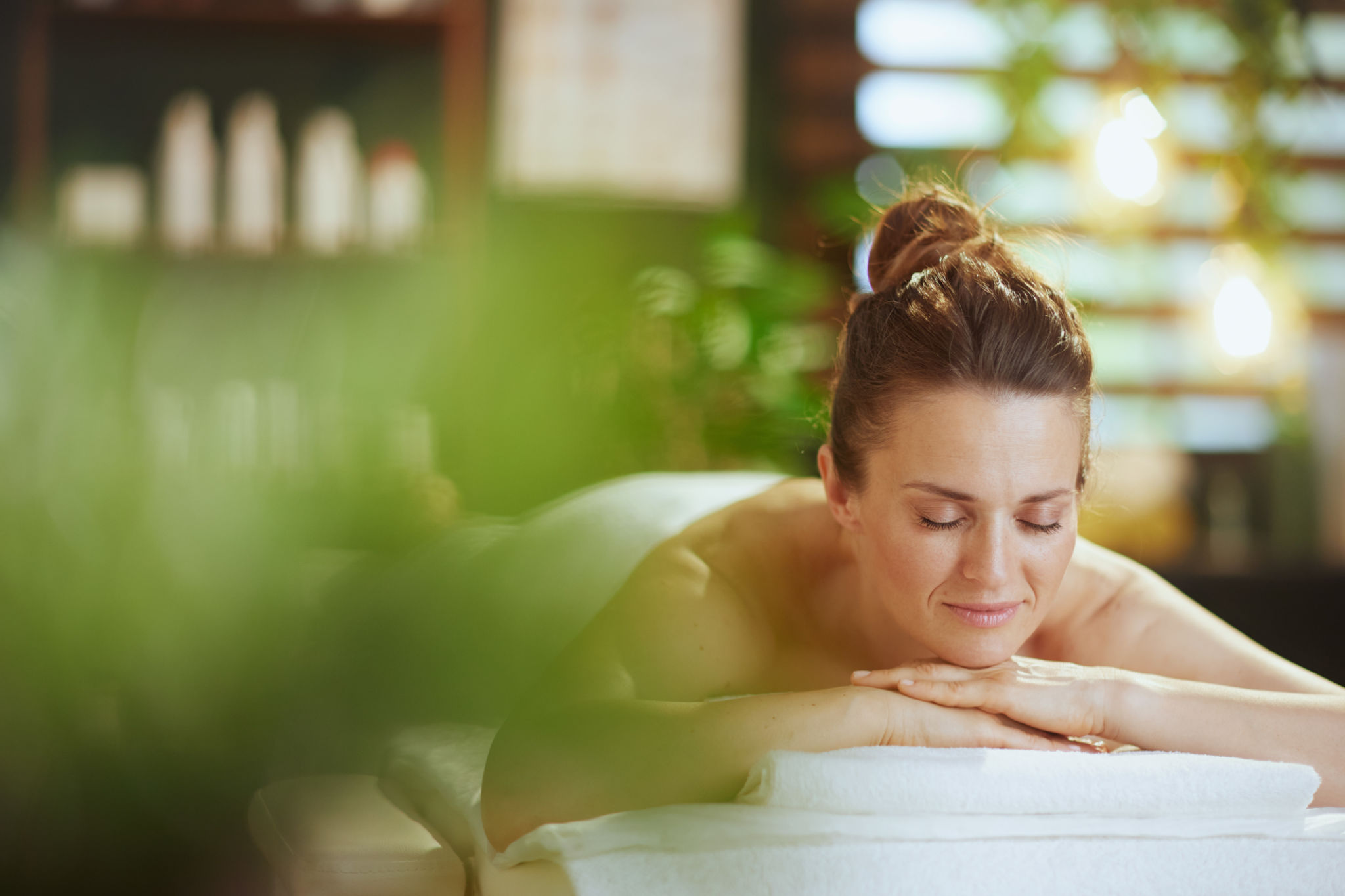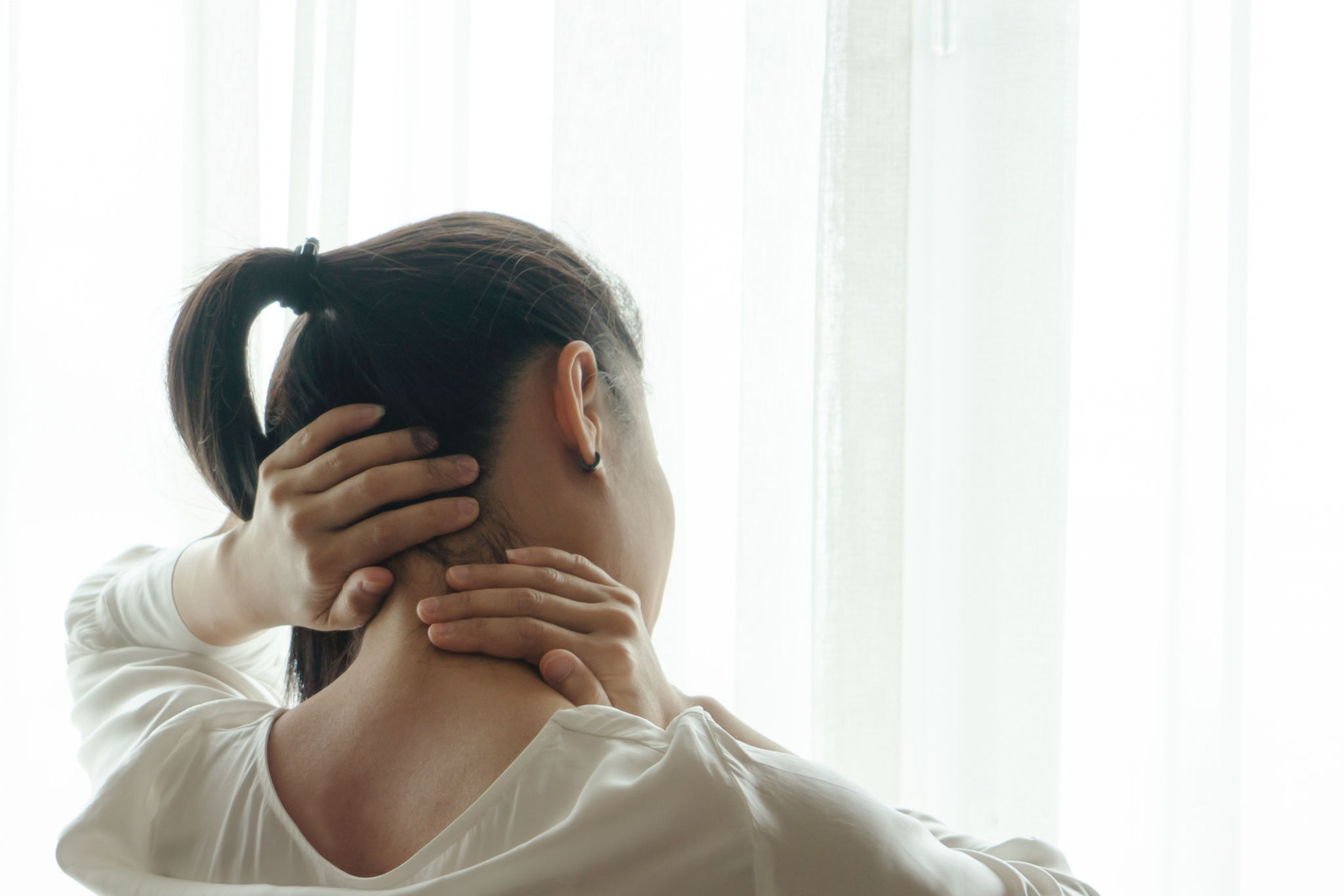Maximizing Relaxation: DIY Massage Tips Between Professional Sessions
The Importance of Relaxation Between Professional Massages
Life's daily grind can often leave us feeling tense and stressed. While professional massages offer significant relief, they aren't always feasible on a regular basis due to time or budget constraints. Fortunately, incorporating simple DIY massage techniques into your routine can help maintain relaxation between sessions.
Understanding Your Body's Needs
Before diving into self-massage techniques, it's crucial to understand your body's specific needs. Pay attention to areas that often feel tense or sore. Common tension spots include the neck, shoulders, and lower back. Identifying these areas will help you focus your efforts where they're most needed.

Essential Tools for DIY Massage
While you can perform many techniques with just your hands, a few simple tools can enhance the experience and effectiveness of your self-massage. Consider investing in the following:
- Foam Roller: Ideal for larger muscle groups, such as the back or legs.
- Tennis Ball: Perfect for targeting smaller areas like the shoulders or feet.
- Massage Oil: Helps reduce friction and can add an aromatic element to your relaxation routine.
Simple DIY Techniques to Try
Now that you're equipped with the right tools, let's explore some easy techniques you can practice at home:
- Neck and Shoulder Release: Use your fingers to gently knead the muscles in your neck and shoulders, applying light pressure in circular motions.
- Back Tension Relief: Lie on a foam roller placed horizontally under your back, then slowly roll back and forth to ease muscle tension.
- Foot Massage: Place a tennis ball under your foot and roll it from heel to toe, applying gentle pressure to soothe tired feet.

Creating a Relaxing Atmosphere
To maximize the relaxation benefits of your DIY massage, create an environment that promotes calmness. Dim the lights, play soft music, and consider using essential oils like lavender or chamomile to enhance the ambiance. A peaceful setting can significantly elevate your self-care experience.
The Role of Breathing in Relaxation
Never underestimate the power of deep breathing during self-massage. Taking slow, deep breaths can aid in relaxation by lowering your heart rate and calming your mind. Practice inhaling deeply through your nose, holding for a few seconds, and exhaling slowly through your mouth.

Incorporating Massage into Your Routine
Consistency is key when it comes to self-care. Aim to incorporate these techniques into your weekly routine, even if it's just for 10-15 minutes a few times a week. Regular practice will not only alleviate tension but also improve your overall well-being.
Knowing When to Seek Professional Help
While DIY massages are beneficial, they aren't a substitute for professional therapy. If you experience persistent pain or discomfort, consult with a licensed massage therapist or healthcare provider. They can offer tailored advice and treatments to address specific issues.
By integrating these DIY massage tips into your lifestyle, you can maintain relaxation and manage stress effectively between professional sessions. Remember, self-care is an ongoing journey, and these practices are just one of many ways to nurture your body and mind.
